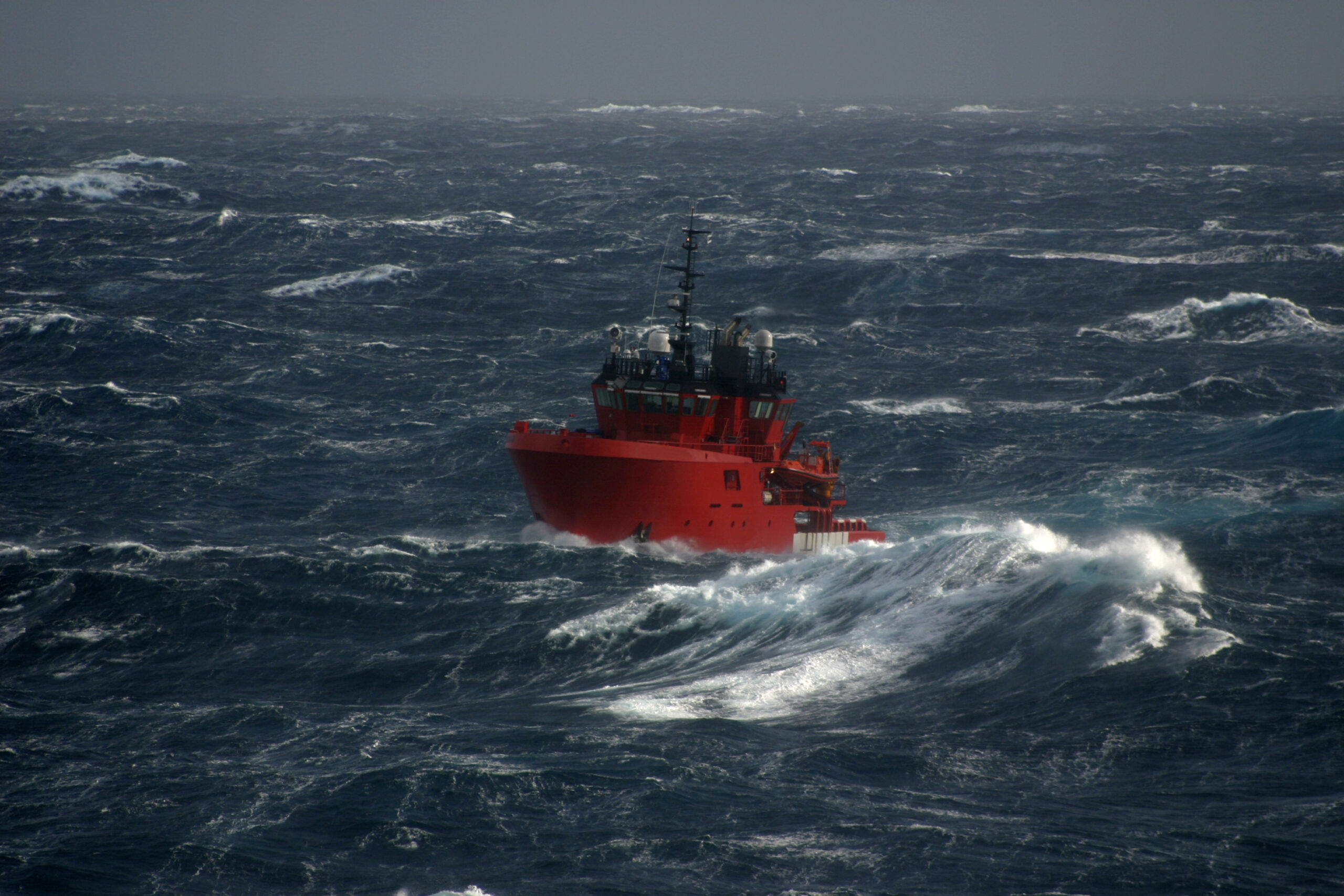Ship Motions
Ship Motions
The prediction of ship motions relies on combining calculation routines together with the package. The core routines are vertical and lateral motions, the data from these routines are used to calculate Total Motions, Subjective Motions, Time Series and Sustained Speed. The user creates a flow diagram of these in a set of building blocks (or stages) to derive a range of different vessel motion outputs.
The Ship Motions Program calculates motions from a user input hull geometry lateral motions, this can also include keel skegs, bilge keels, stabiliser fins or tanks, rudders and shaft brackets. If desired the fins and rudders may be actively controlled, with the ability to tune the response to real ship (or other source derived) data. The geometry is derived from a set of 2-D sections, typically input via a DXF file format.

The Ship Motions Program is applicable to conventionally shaped monohulls at displacement speeds. Specifically, the limitations are:
- Froude Number less than 0.3
- L/B and L/T greater than 5
- No multihulls or tunnel hulls
- Planing lift is negligible
- Viscous effects other than roll damping are negligible
- Ship response is a linear function of wave amplitude – no wave breaking
- Up to two rudders, five bilge keels and five propeller shaft A-brackets can be defined.
- Up to ten wave spectra can be specified using: Pierson-Moskowitz, ITTC Two-Parameter or JONSWAP.
Different types of spectra may be used to generate the statistics, and wave spreading may be invoked. Wave angles may be from any direction between ahead and astern.
Aspects such as predictions of Quiescent Periods, Motions Parameters such as Subjective Motions Parameter (SMP), Motion Sickness Incidence (MSI) and BSI 6841 Standard are available, along with vessel sustained speed with user defined probability allowances for deck wetting, slamming and vertical acceleration exceedance limitations.
The Ship Motions Program was originally derived from a set of programs developed by the Department of Maritime Engineering at the University of Southampton for the M.O.D..
£1845
How to order
- Purchase via the Wolfson Unit Online Store.
- Confirmation of payment is automatically emailed to you.
- Hardware lock (USB dongle) and installation instructions are couriered to you.
- The latest version of the software and release notes can be downloaded from the customer download area.
Need a quotation or require an invoice to purchase? Please contact us.
Frequently Asked Questions (FAQs)
FAQs
The software manuals and help sections should be enough to master the software but to help with some more complex processes there are some frequently asked questions listed below:
Will the program calculate motions at zero speed?
Yes, the program will calculate ship motions at zero speed and is appropriate for speeds up to a Froude number of 0.3.
Will the programme calculate results if my vessel has a length / beam or a length / draught ratio less than 5 ?
No, if the vessel’s ratio is below, but close to 5 then extending the vessel with a section of low area will allow the program to run, but this must be used with great care.
Running the Sustained Speed calculation results in a ‘Sustained Speed Error’ pop-up. No sustained speed results are available in the report.
This occurs when the set acceleration exceeds 9.81 m/s². As Ship Motions is based on linear theory, calculating accelerations in excess of 1g is beyond its capability and will cause an error. Reduce the acceleration to 9.81 m/s² or less.
Help and support
If you need any support from our team for the effective use of our software, please get in touch.

